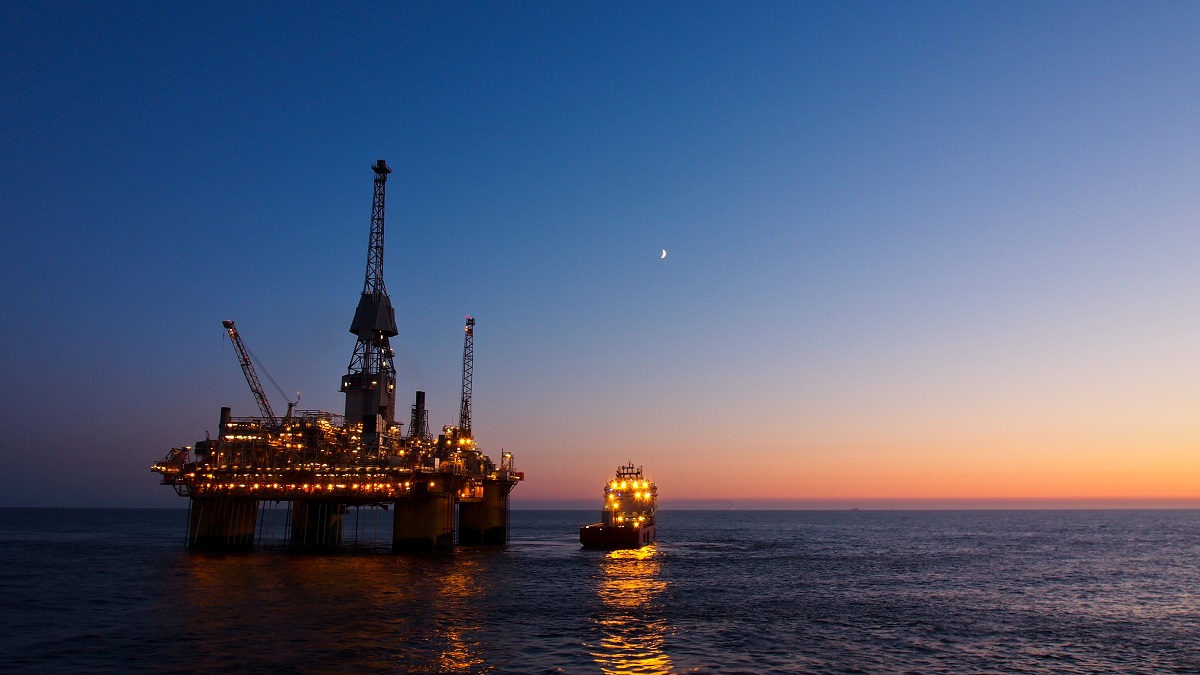As Oil Output Peaks, US Gulf of Mexico Makes Room for Carbon Capture
(Reuters) — After nearly a century, oil output in the U.S. Gulf of Mexico is heading towards its peak with new platforms providing a last hurrah as the region becomes a hot spot for burying greenhouse gases.
Some companies, including Exxon Mobil Corp., have been dumping assets in the Gulf, the nation's primary offshore source of oil, and are instead targeting capturing and storing carbon dioxide and other greenhouse gases underground.
The region, soon could became contested ground for oil, carbon sequestration and renewable energy, say analysts.
U.S. Gulf oil and gas output is expected to jump 17% to a record 2.6 million barrels of oil equivalent per day (boepd) by 2025, up from about 2.2 million boepd this year, before it begins declining, projects consultants Wood Mackenzie.
The gain reflects a flurry of new platforms from Shell, BP, Chevron and others, budgeted before the pandemic hit global demand and made companies reduce investments.
Three of the new platforms will add 315,000 barrels of oil per day — nearly as much as the 365,0000 bpd that Pioneer Natural Resources, the third-largest U.S. shale oil producer, will pump this year.
At this week's Offshore Technology Conference (OTC), which annually attracts more than 50,000 people, nearly a quarter of the presentations will involve offshore wind, renewables, carbon capture and energy transition, say organizers.
Carbon capture and storage (CCS) has already brought new investment as companies like Exxon, Occidental Petroleum and Talos Energy buy sites to store CO2 from oil refiners, chemical makers and LNG producers.
CCS "will certainly become an important part of the business activity" in the basin, Wood Mackenzie research analyst Scott Nance said. Oil development will still dominate the basin, but should coexist with CCS and renewables such as offshore wind and solar.
Wind, renewables, carbon capture and energy transition make up 24% of OTC panels this year, say the conference's organizers, with drilling, well completions and reservoir engineering just 15% of sessions, and the third largest grouping being decommissioning and life extension - oil projects nearing their end.
Still, the region's last big gasp of new oil production will be impressive: Shell expects to add 100,000 boepd from new platform Vito, BP will add 140,000 boepd from Argos, its first new platform since the Deepwater Horizon oil spill 15 years ago.
Next year, Shell and Chevron aim to start their 100,000 boepd Whale project, while Chevron is completing commissioning for its 75,000 bpd Anchor project. LLOG Exploration and Repsol plan the Salamanca platform that will pump 60,000 bpd of crude by mid-2025.
Related News
Related News

- Keystone Oil Pipeline Resumes Operations After Temporary Shutdown
- Freeport LNG Plant Runs Near Zero Consumption for Fifth Day
- Biden Administration Buys Oil for Emergency Reserve Above Target Price
- Mexico Seizes Air Liquide's Hydrogen Plant at Pemex Refinery
- Enbridge to Invest $500 Million in Pipeline Assets, Including Expansion of 850-Mile Gray Oak Pipeline
- Evacuation Technologies to Reduce Methane Releases During Pigging
- Editor’s Notebook: Nord Stream’s $20 Billion Question
- Enbridge Receives Approval to Begin Service on Louisiana Venice Gas Pipeline Project
- Mexico Seizes Air Liquide's Hydrogen Plant at Pemex Refinery
- Russian LNG Unfazed By U.S. Sanctions





Comments